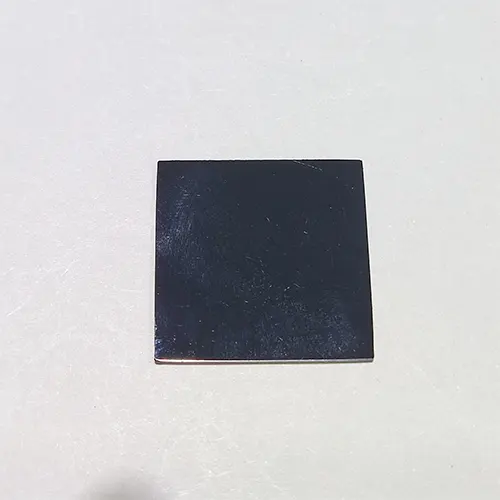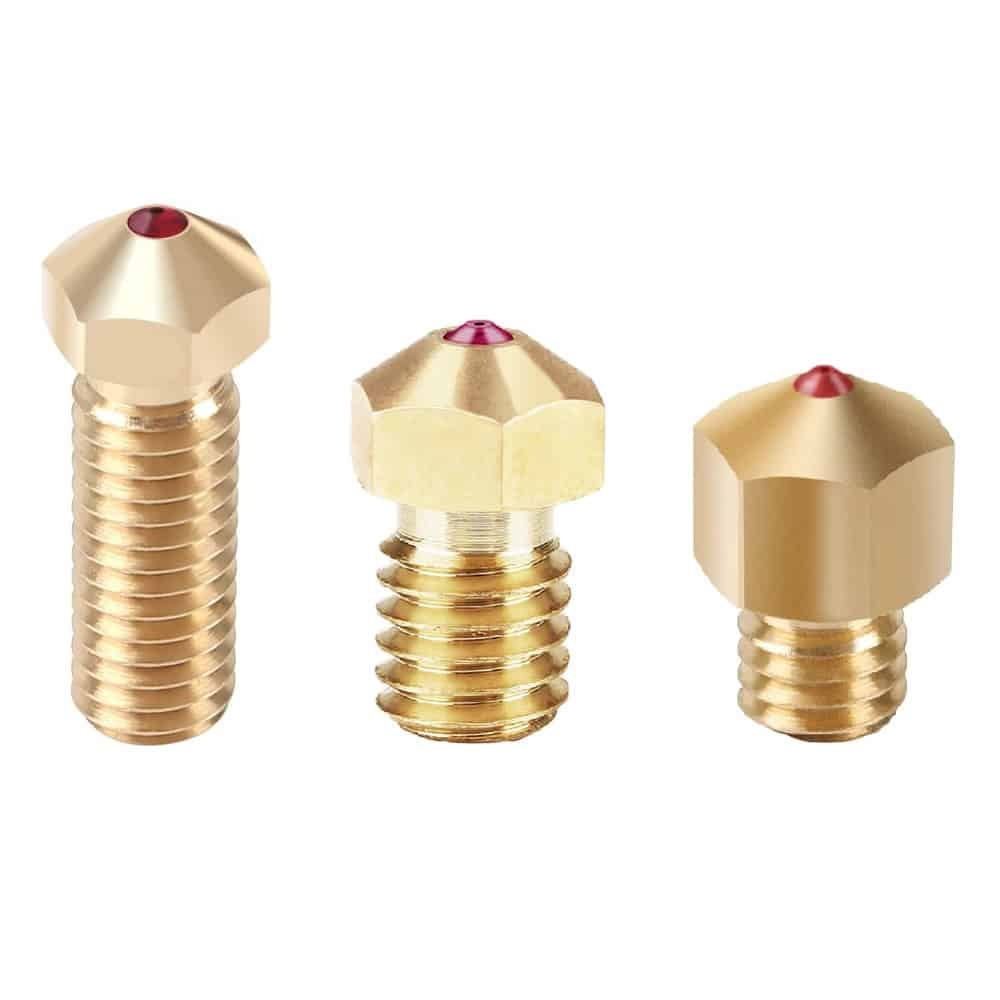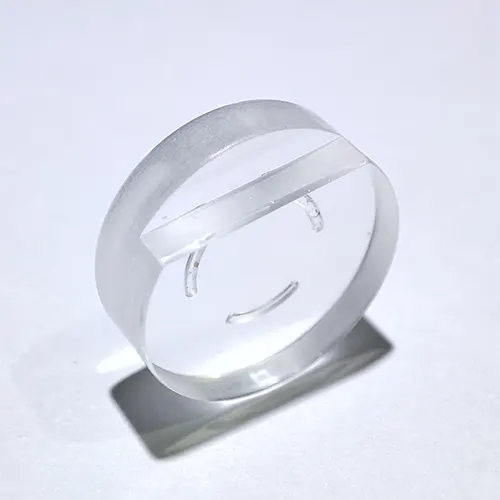How to Achieve Superior Surface Finish in Alumina Ceramic Machining
Alumina Ceramic Machining is not a "set-and-forget" operation; it's a balancing act between hardness, brittleness, and heat control that rewards discipline and punishes shortcuts. At UPCERA, we specialize in customizing and processing advanced ceramic materials, and we've learned that surface quality is the heartbeat of part performance. When faces are smoother, seals seat properly, torque values stay consistent, and assemblies run longer without intervention. This article distills the methods we use on the shop floor to lift surface finish, cut scrap, and make results repeatable.
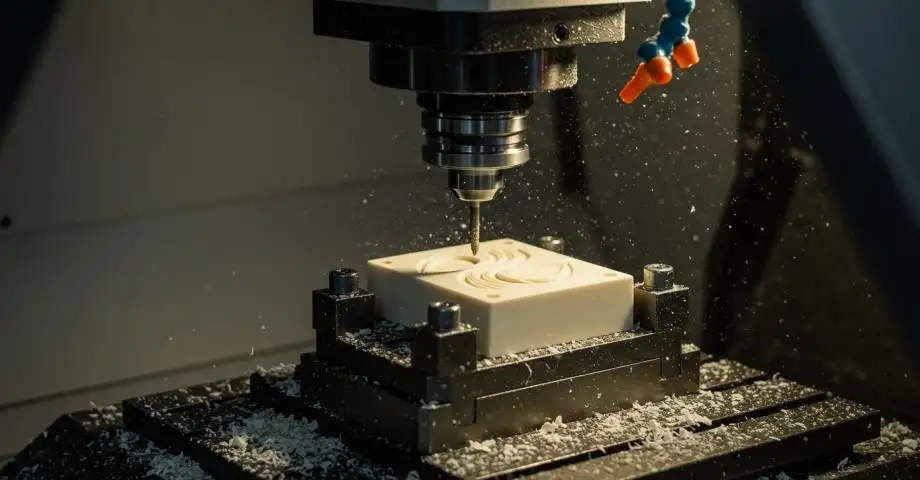
Diagnose The Finish Before You Touch The Workpiece
Most surface issues begin upstream. Alumina's extreme hardness gives it outstanding wear resistance, but its brittleness means the material fails by micro-cracking rather than ductile tearing. If the process loads are erratic - or heat spikes are high - tiny fractures and pull-outs appear, and you see them later as roughness or edge chipping.
Three pain points show up again and again in Alumina Ceramic Machining:
• Material Variability. Grain size, density, and purity affect how the cutting edge engages. We prioritize high-purity Al₂O₃ bodies with stable, dense microstructures because they respond predictably under light finishing cuts. Consistent feedstock is the cheapest path to consistent finish.
• Tool Condition And Runout. Diamond tools lose bite slowly, then all at once. A few microns of runout magnify chipping, especially on corners and thread flanks. We audit spindle health, verify concentricity, and dress at planned intervals so the cutting edge stays sharp and true.
• Thermal And Mechanical Shock. Dry or intermittent coolant, abrupt tool engagement, or aggressive feeds turn heat into fractures. Controlled, filtered coolant and steady, shallow passes protect the near-surface zone and keep roughness trending down.
Think of finish as an outcome of planning, not luck. That mindset is also how you reduce chipping in ceramic machining, a frequent long-tail query from engineers who inherit yield problems on legacy parts.

Process Moves That Change The Surface - Fast
When parts call for sealing faces, precision threads, or sliding fits, vague advice won't do. Below are the interventions that give immediate, measurable gains in Alumina Ceramic Machining. We prefer long cuts, calm spindles, and data-driven tweaks rather than heroic last-minute polishing.
- Control Material Removal In Stages
Rough. Semi-finish. Finish. Each stage has a purpose. Roughing removes stock conservatively to limit subsurface damage. Semi-finishing re-establishes geometry and clears stress risers. Finishing uses ultra-light radial engagement, stable surface speed, and fine feeds per revolution to skim without bruising the surface. This tiered approach prevents chasing defects from one operation to the next.
- Keep The Tooling Honest
Diamond grit, bond, and concentration matter. Coarser tools evacuate efficiently in roughing, while fine, well-dressed wheels cut cleaner for finishing. Avoid stretching dress intervals "just to get through one more pass." A fresh, sharp cutting face handles alumina with less pressure and lower heat, which is exactly what a fine finish needs.
- Lock Down The Setup
Vibration writes its signature directly onto the surface. We shorten overhangs, add damping where it counts, and clamp with rigidity in mind. Even small improvements in stiffness pay back quickly on corners, thin walls, and threaded features.
- Coolant Discipline Beats Coolant Volume
It's not about flooding the zone - it's about consistency. Filtered coolant, directed and stable, prevents thermal cycling that opens micro-cracks. Avoid on - off bursts at all costs. If you must interrupt, re-engage gently and let temperature stabilize before pushing feed.
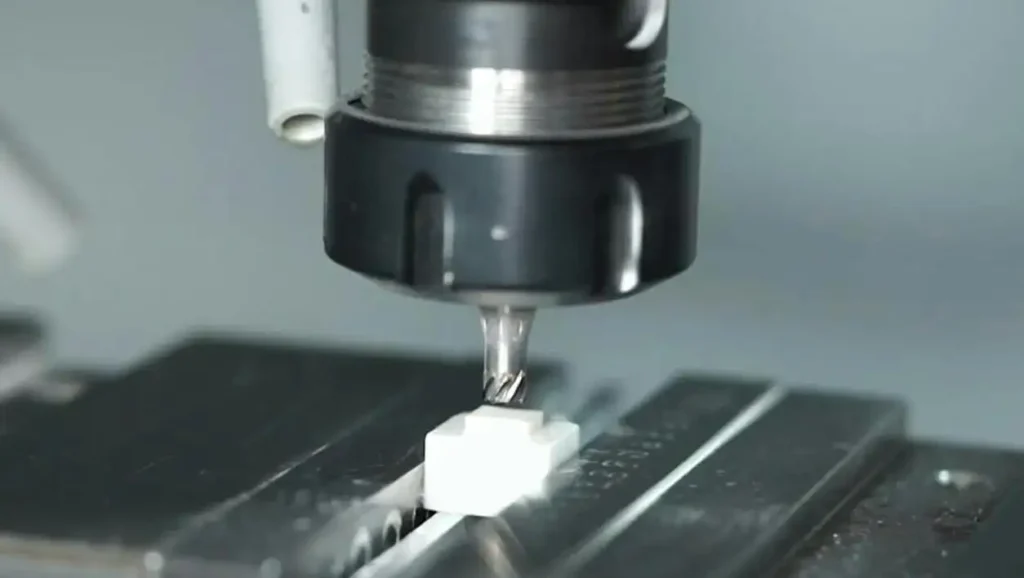
- Measure Early And Often
Inline optical checks and quick Ra/Rz spot measurements guide parameter tuning while it still matters. You'll learn where the process drifts and catch it before it turns into scrap. Small changes in feed, step-over, or wheel dress can drop roughness noticeably without extending cycle time.
✅ Quick Wins You Can Try Now
- Reduce radial step-over on finish passes and verify runout under load.
- Dress finishing wheels sooner rather than later; keep a short "finish only" wheel.
- Add a simple damping spacer or shorten tool stick-out on chatter-prone features.
These actions also help when producing precision alumina ceramic components, another long-tail search our customers use when they need consistent, certifiable outcomes.
UPCERA's Threaded Alumina Component
Finish isn't cosmetic; it's functional. Consider a common challenge: an alumina mechanical component with internal threads destined for high-temperature, high-pressure, or corrosive service. We produce these from high-purity alumina with a dense microstructure so that the final flank surfaces resist wear, avoid chemical attack, and maintain stable friction coefficients over life.
The thread form concentrates stress along the flanks. Any roughness - pits, micro-chips, or torn grain - becomes a stress initiator. We counter this with a sequence tuned for alumina: stable semi-finishing to balance the bore, followed by low-engagement finishing passes that polish the flank rather than pound it. The result is cleaner load distribution and consistent torque values during assembly.
Where does surface finish pay off?
- Tight Fit, Lower Galling Risk. Clean flanks engage smoothly with metal or ceramic counterparts, reducing assembly torque spikes and damage during repeated installs.
- Electrical Insulation Integrity. Alumina's natural insulation is stronger on smooth surfaces with fewer contamination traps, critical in connectors or fixtures near high-voltage paths.
- Chemical And Thermal Confidence. Fewer surface defects mean fewer attack sites in corrosive flows and better performance after repeated heat cycles.
- Customization Without Compromise. We tailor thread size, tolerance, and geometry, then protect finish with appropriate coolant strategy and metrology checkpoints - so complex features like undercuts or relief grooves emerge clean, not bruised.
You'll see these components in automation modules, laboratory instruments, precision mounts, high-temperature fixtures, and corrosion-resistant fittings across mechanical and automation systems, precision instrumentation, chemical and electronic industries, research labs, and semiconductor equipment. In every case, finish is the quiet multiplier: it reduces friction, improves sealing, simplifies cleaning, and extends service life.
Work With UPCERA
If your drawing calls for dependable surface quality in Alumina Ceramic Machining, let's make it practical. Share your geometry, target roughness, and operating environment. We'll propose a manufacturable route - material choice, tool strategy, coolant plan, and inspection steps - to deliver repeatable finish without padding lead times. Contact UPCERA for DFM feedback, sample runs, or a rapid quotation, and turn your specification into stable, high-performance ceramic parts built for real-world duty.
 English
English 中文
中文
